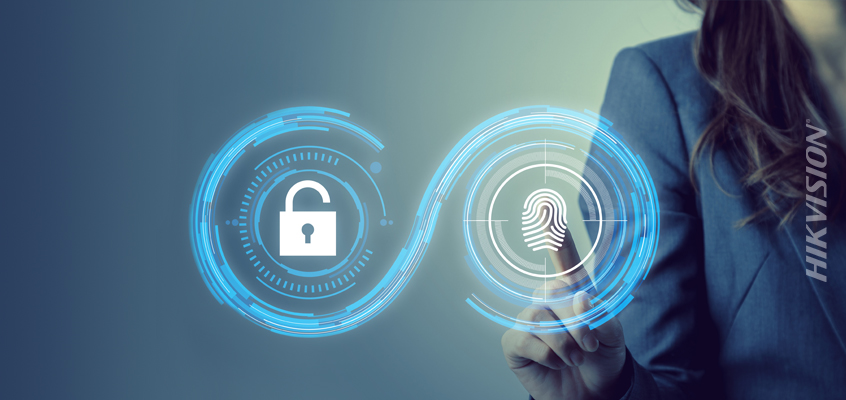Utilisation de l'authentification multifacteur (AMF) pour réduire les piratages de mots de passe et les vulnérabilités d'authentification

Hikvision sur l’AMF pour empêcher le piratage de mots de passe
L’article du SecurityInfoWatch.com (SIW), “Can multi-factor authentication (MFA) save us from password-based attacks?” discute du rôle de l'authentification multifacteur dans la réduction des piratages de mots de passe et de la vulnérabilité de l'authentification par mot de passe.
Extrait de l’article : “À court terme, la plupart d'entre nous ont besoin de quelque chose pour éviter nos pires instincts lorsqu'il s'agit de choisir des mots de passe : utilisation d'informations personnelles, modèles de frappe prévisibles (c'est-à-dire séquentiels), variations de mots de passe, substitutions bien connues, mots isolés d'un dictionnaire, et surtout, réutiliser le même mot de passe pour de nombreux comptes privés et d'entreprise différents.”
Ce blogue Hikvision décrit l’authentification multifacteur : “Le directeur de la cybersécurité de Hikvision discute de l’utilisation de l’authentification multifacteur (AMF) pour réduire les problèmes de sécurité et les risques de piratage de mot de passe.” L’AMF exige qu'un utilisateur fournisse un moyen supplémentaire d'authentification ou de vérification, en plus de saisir un nom d'utilisateur et un mot de passe, afin de se connecter à un compte ou à un site Internet. L'authentification multifacteur ajoute au moins deux éléments de preuve ou facteurs vérifiables au processus d'authentification pour réduire considérablement les problèmes de sécurité en réduisant les chances d'accès à un compte par la mauvaise personne. L'authentification à deux facteurs (2FA) est un sous-ensemble de l'authentification multifacteur et est un moyen d'authentification avec seulement deux éléments de preuve ou facteurs vérifiables.
Selon l'histoire de SIW, un système utilisé par de nombreuses organisations pour protéger les données au-delà des mots de passe est les VPN (réseaux privés virtuels) lorsque les employés se connectent aux réseaux de l'entreprise depuis leur domicile ou d'autres sites distants. L’AMF est une approche de vérification supplémentaire qui peut améliorer la protection sans avoir à appliquer les stratégies de mot de passe traditionnelles. L'article ajoute qu'une autre méthode qui gagne en popularité est l'utilisation de la biométrie, comme les empreintes digitales, pour améliorer la sécurité et surmonter les vulnérabilités d'authentification par mot de passe.
Cliquez sur ce lien pour lire l’article complet SIW.
Pour en savoir plus sur la réduction du piratage de mots de passe, consultez ce blogue Hikvision sur l’AMF. Pour obtenir des informations sur un large éventail de vulnérabilités de cybersécurité, lisez cet article Hikvision : “Série de blogues en 3 parties sur la cybervulnérabilité : le directeur principal de la cybersécurité de Hikvision sur les vulnérabilités, les mises à jour logicielles automatiques et votre réseau domestique.”
